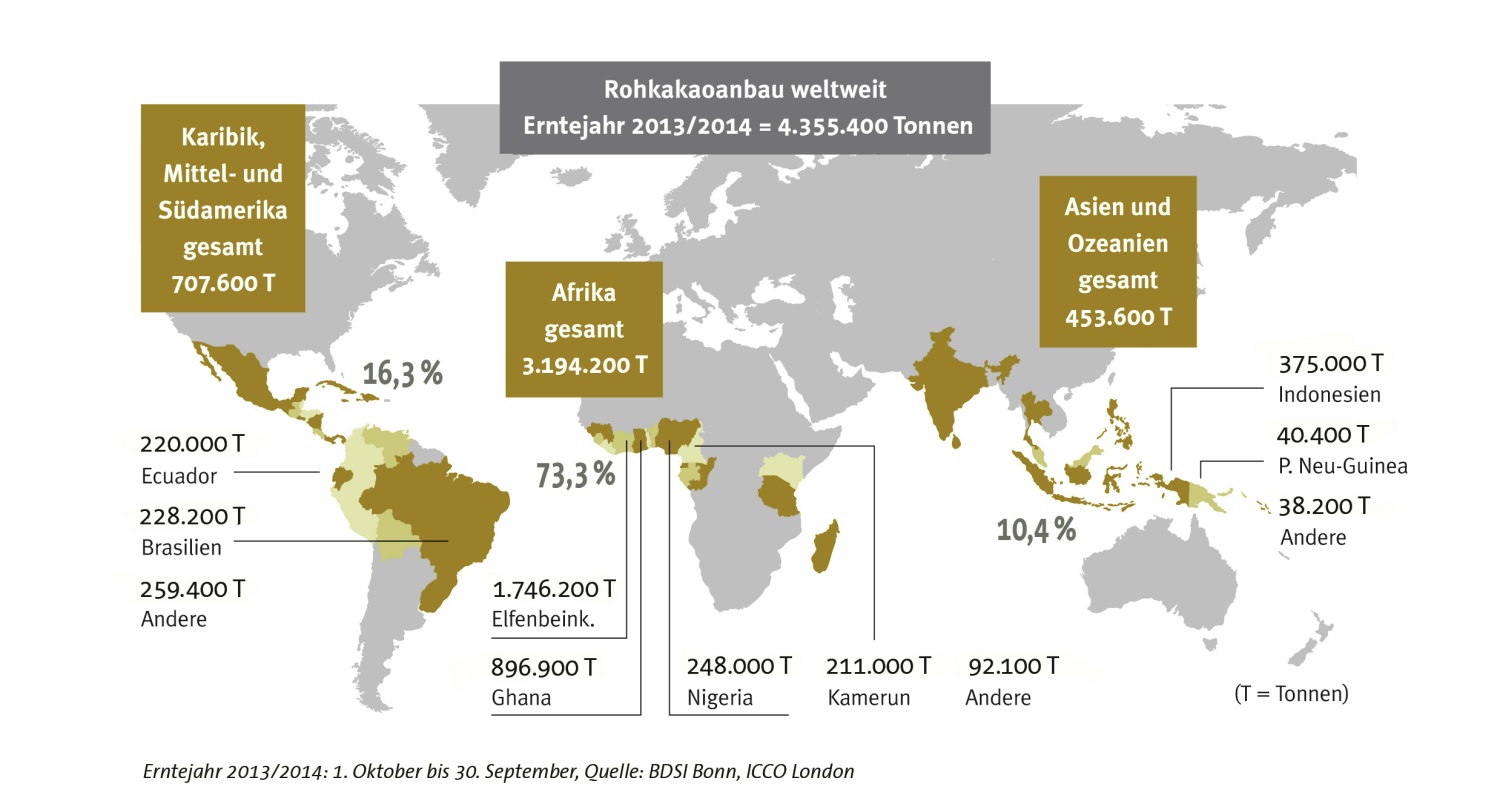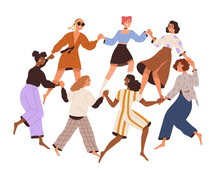
Deutsch-Chinesische Enzyklopädie, 德汉百科
 Indonesia
Indonesia


Javanese dance is the dances and art forms that were created and influenced by Javanese culture in Indonesia. Javanese dance movement is controlled, deliberate and refined. Javanese art often displays a finesse, and at the same time a serene composure which is elevated far above everything mundane.[1] Javanese dance is usually associated with courtly, refined and sophisticated culture of the Javanese kratons, such as the bedhaya and srimpi dance. However, in a wider sense, Javanese dance also includes the dances of Javanese commoners and villagers such as ronggeng, tayub, reog, and jaran kepang.
Javanese dance and its discipline has different styles and philosophy compared to other Indonesian dance traditions. Unlike vigorous and expressive Balinese dance or cheerful and slightly sensual Sundanese dance, Javanese dance are commonly involving slow movements and graceful poses. Javanese dance have somewhat a meditative quality and tends to be more self-reflective, introspective and more oriented toward self-understanding.[2] Javanese dance is usually associated with Wayang wong, and the palaces of Yogyakarta and Surakarta due to the nature of dance being a pusaka or sacred heirloom from ancestors of the palace rulers. These expressive dances are more than just dances, they are also used for moral education, emotional expression, and spreading of the Javanese culture.
 Ethiopia
Ethiopia
 Brazil
Brazil
 China
China
 Columbia
Columbia
 Costa Rica
Costa Rica
 Côte d´Ivoire
Côte d´Ivoire

 Eat and Drink
Eat and Drink
 Guatemala
Guatemala
 Honduras
Honduras
 India
India
 Indonesia
Indonesia
 Mexico
Mexico
 Peru
Peru
 Uganda
Uganda
 Vietnam
Vietnam
 Brazil
Brazil
 Côte d´Ivoire
Côte d´Ivoire
 Dominikanische Republik
Dominikanische Republik
 Ecuador
Ecuador

 Eat and Drink
Eat and Drink
 Ghana
Ghana
 Indonesia
Indonesia
 Cameroon
Cameroon
 Mexico
Mexico
 Nigeria
Nigeria
 Peru
Peru







Address: Jl. Rotowijayan Blok No. 1, Panembahan, Kecamatan Kraton, Kota Yogyakarta, Daerah Istimewa Yogyakarta
Opening hours: 9am - 2pm (daily)
Price: 7,500 IDR (0.5 USD)

Address: Jl. Pemuda, Sekayu, Kec. Semarang Tengah, Kota Semarang, Jawa Tengah 50132
Opening hours: 7am - 9pm (daily)
Price: 10,000 IDR (0.7 USD)

 Geography
Geography

 Dances
Dances
 Transport and traffic
Transport and traffic
 Media and press
Media and press
 Architecture
Architecture